Key Takeaways
- Register with the MDA and finish required training to sell legally.
- Stick to shelf-stable baked goods; do not sell refrigerated items.
- Know the $78,000 annual cap and upcoming 2027 changes.
- Confirm local zoning and market manager rules before selling.
- Use this page as a checklist to build a compliant, trusted small business.
Launch your micro bakery the compliant way in Minnesota
Begin with a checklist: register with the MDA, complete required training, prepare clear labels, and set approved sales channels before your first sale.
What a compliant launch means: get registered, show training completion, post compliant placards, and confirm where you will sell—home pickup, farmers’ markets, or community events.
Decide early whether your menu fits non-potentially hazardous requirements and check city or county rules that affect home production. Gather personal details, your training completion date, and anticipated calendar-year sales for registration.
- Choose Tier 1 or Tier 2 training based on expected sales—this guides your registration path.
- Pick a legal structure (sole proprietor or other Minnesota entity) while operating under the exemption.
- Price and forecast sales, then track gross receipts to stay under the $78,000 cap.
Build simple SOPs for sanitation, allergen control, and ingredient records. Add a compliance section on your website and social pages that includes the required consumer statement to set expectations.
“Clear labels and visible placards reassure customers and market managers that you meet state requirements.”
Understanding Minnesota’s Cottage Food Law for micro bakeries
Minnesota’s cottage program limits home producers to shelf-stable items that do not support rapid microbial growth. The legal test uses pH and water activity: products with pH ≤ 4.6 or water activity (aw) ≤ 0.85 are generally considered non-potentially hazardous and safer without refrigeration.
What “non-potentially hazardous foods” means for baked goods
Plain breads, cookies, brownies, and shelf-stable cakes usually meet these thresholds and qualify. Items with cream, custard, or meat require refrigeration and are not allowed.
Direct-to-consumer model and why it matters
Sales must be direct: sellers deliver to the end buyer at home, farmers’ markets, or community events only. Wholesale or retail distribution is not permitted under current state rules.
- Direct sales improve traceability and oversight.
- Test uncertain recipes for pH/aw via a lab or consult the non-potentially hazardous list.
- Keep labels, training proof, and batch records; omissions can void the exemption.
Following these rules keeps your operation legal, safe, and trusted while you grow toward licensed production.
Registration with the Minnesota Department of Agriculture (MDA)
Registering with the MDA is the essential first step for anyone regularly selling allowed shelf-stable goods. All individuals who regularly sell permitted items must register before their first sale. Those who do not meet the statute’s narrow “not regularly engaged” definition may be exempt, but most home-based sellers will need to register.
Fees, timelines, and renewals
Fees depend on annual gross sales. If sales are $7,665 or less the fee is $0. If sales exceed $7,665 up to the $78,000 cap, the fee is $50.
Registrations expire December 31 each year. Set a reminder to re-register so your listing does not lapse during peak sales seasons.
How to register and verify your listing
- Gather personal info, MN Tax ID or SSN, DBA, and training date.
- Attest you meet the requirements and keep your training certificate.
- Check the MDA Licensing Information Search (select COTTAGE FOOD PRODUCER REGISTRATION) to verify your listing.
“You may sell once you appear on the online list, even if the physical card is still en route.”
| Item | Detail | Timing / Cost |
|---|---|---|
| Threshold | Free if ≤ $7,665; $50 if > $7,665 up to $78,000 | Per calendar year |
| Expiration | Registration expires | December 31 annually |
| Processing & card | System display may take up to 30 days; cards mail within ~1 week after processing | Allow time before events |
Online re-registration uses a PIN. Note a $2.50 processing fee if you pay the $50 fee online. Keep a copy of your registration at sales sites; market managers or inspectors may request it.
Training requirements for cottage food producers
Complete the approved training and note the completion date on your application. Training is required before registering, and you must supply the most recent completion date on the MDA form.
Tier 1 vs. Tier 2: what each course covers
Tier 1 is for sellers with annual gross sales up to $7,665. It is a free online course and exam. You must renew this online training each year.
Tier 2 applies when sales are $7,666–$78,000. This requires an MDA-approved safe handling course offered by the University of Minnesota Extension. The course runs in-person or online, may have a fee, and must be renewed every three years.
Preparing for 2027 and why training matters
Starting August 1, 2027, advanced training will be required for all registrants under a single-tier model. Plan time and budget now to meet that change.
- Keep certificates organized and dated; include them with registration records.
- Set reminders for annual or triennial renewals to avoid registration delays.
- Use training to build SOPs, train helpers, and improve allergen and sanitation controls.
“Investing in approved training builds customer trust and smooths inspections.”
For questions about course schedules and approvals, contact the University of Minnesota Extension office. Proper training protects consumers and helps producers run a compliant, trusted operation.
Allowed products for a micro bakery under cottage food
Focus on shelf-stable recipes. Choose items that stay safe without refrigeration and follow tested formulations to qualify for the cottage food exemption.
Common compliant items
Typical shelf-stable baked goods include breads, muffins, cookies, brownies, and plain layer cakes.
Some pastries without perishable fillings qualify too. Fruit-based preserves and fruit butters can be allowed when the pH is ≤ 4.6 and recipes are tested.
Tip: Buttercream frostings may be OK depending on the formula and water activity; when unsure, use university-tested recipes or lab testing.
Items not allowed
Do not sell items that require refrigeration for safety. That includes dairy-filled or custard pastries, cream cheese frostings, meat-containing goods, and chocolate-covered fruit.
Most charcuterie and other potentially hazardous or TCS items are prohibited under the law and need a licensed kitchen to produce.
- Label major allergens — wheat, eggs, milk, soy, peanuts, and tree nuts — and use procedures to reduce cross-contact.
- Pet treats are limited to non-potentially hazardous baked or dehydrated items for dogs or cats; confirm guidance before offering these products.
- Start with a simple, compliant menu and expand only after validated testing or approved recipes.
“Choose safety-first recipes and validate borderline items with testing or Extension resources.”
Labeling, packaging, and mandatory statements for baked goods
Clear labeling and packaging protect customers and make compliance simple at markets and on your website. Follow the exact text and display rules so buyers know who made the product and that it is exempt from routine inspection.

Exact label elements your products must include
Every package must show the registrant’s full name or business name. Add either your registration number or a complete address.
Include the production date as a “date made.” List every ingredient and declare major allergens: milk, eggs, wheat, soy, peanuts, tree nuts, fish, shellfish, and sesame.
The label must display this exact statement: “These products are homemade and not subject to state inspection.” Print that phrase on the package; do not rely on a QR code to carry it.
Placard and website notice language for markets and online
At markets or events, post a large placard with the same required statement so customers can read it from across your booth.
On your website product pages and the checkout flow, show the same statement prominently. A short, visible notice builds trust and meets legal expectations.
- Allergen clarity: Bold allergens in the ingredient list for quick scanning.
- QR codes: Helpful for extra info, but never a substitute for printed label text.
- Batch coding: Add a lot or batch code with the date made for traceability.
Use durable labels and packaging that keep text legible during transport. Keep template files and a compliance checklist so updates are fast when recipes change.
Sales channels, deliveries, and where you can sell legally
Choosing the right sales channels helps you stay compliant and reach local customers reliably.
Primary places to sell: direct orders for home pickup, booths at farmers’ markets, and community events are the three approved channels for cottage food producers today.
Home pickup and personal delivery
Home pickup works well with scheduled windows and clear instructions. The producer must deliver orders personally; family or couriers may not hand off goods under current guidance.
Markets and community events
At farmers’ markets and events, display the required placard and keep products protected from contamination. Confirm the event qualifies and follow organizer rules on setup and temperature control.
- Use pre-orders on your website or social channels for in-state buyers and show the required statement on order pages.
- Keep a simple sales log to track gross receipts toward the annual cap and forecast inventory.
- Provide concise order confirmations and pickup templates that repeat pick-up time, place, and safety steps.
| Channel | Key rule | Practical tip |
|---|---|---|
| Home pickup | Producer or buyer meets at the home | Set timed windows and safe handoff protocol |
| Farmers’ markets | Placard required; direct sales only | Booth layout, product covers, cashless payments |
| Community events | Confirm event qualifies; local rules apply | Coordinate with organizers; control booth temps |
“Keep every sale traceable and visible so customers and inspectors see you follow the rules.”
Kitchens, inspections, and local ordinances
Your kitchen choice shapes daily workflow, what equipment you can use, and how regulators may view your operation.
Home kitchen vs. commercial kitchen: choosing your space
Home kitchens are cost-effective and convenient for a small business. They suit low-volume production and reduce start-up costs.
Commercial kitchens offer more equipment and can meet higher standards for future licensing. Renting time can help when local rules block home production.
Navigating city or county restrictions and zoning
Local ordinances can limit cottage food production at a residence. Call your city or county planning office and ask about home occupation rules.
- Document any conditions, permits, or written approvals.
- Confirm whether you must use a commercial space and which inspection steps apply.
- Keep clear records as supporting information for markets or regulators.
Kitchen hygiene and safe practices: do not prepare or store goods at home if anyone is sick. Wash hands often, sanitize surfaces, control pet access, and protect storage from pests.
- Organize tools for allergen control—use dedicated or color-coded utensils.
- Use a pre-market packing workflow to protect product integrity and labels.
- Keep cleaning logs, maintenance records, and SOPs to show diligence during an inspection.
“If you also run a licensed stand, keep cottage food sales separate and clearly signed to avoid mixing operations.”
Micro Bakery in Minnesota Cottage Food Laws: compliance roadmap
Create a checklist that converts legal requirements into daily kitchen tasks and market routines.
Step-by-step plan from idea to first sale
Validate products: confirm recipes meet non-potentially hazardous criteria or use university-tested formulas.
Train and register: finish the correct tier course, save the certificate, and register with the MDA. Verify your listing online and keep the card at sales sites.
Label and sell: prepare compliant labels and a market placard. Sell only direct to customers at home pickup, approved markets, or events and deliver personally.
Maintaining food safety in a home kitchen
Implement SOPs for handwashing, sanitizing, allergen control, and storage. Train helpers and keep batch logs for traceability.
Track gross receipts toward the $78,000 cap and re-register before December 31 each year.

“Make compliance a habit: consistent records and clean workflows reduce risk and build trust.”
| Action | Why it matters | Quick tip |
|---|---|---|
| Product validation | Ensures safety and legal eligibility | Test pH/aw or use Extension recipes |
| Training & registration | Required to sell under the exemption | Save certificates and verify online |
| Labeling & records | Protects consumers and aids inspections | Use templates and batch codes |
Upcoming legislative changes affecting cottage food producers
Legislative changes are set to simplify registration and expand sales channels for small producers.
HF 2446 highlights
What changes: the law creates one registration tier, sets a uniform $30 annual fee, permits in-state shipping, and requires advanced training for all registrants under HF 2446.
Timeline and how to prepare before 2027
The law takes effect August 1, 2027. The MDA will begin implementation planning in 2026 and will publish guidance on curricula, shipping rules, and registration steps.
- Evaluate packaging durability and perform shelf-life checks for shipped products.
- Update website policies and order flows so the required statement remains visible on sales and shipping pages.
- Budget time and funds for the new advanced training and schedule a refresher near the transition.
- Follow MDA, U of M Extension, and producer associations for timely information and templates.
“Plan now for changes in pricing, logistics, and training so your operation can expand safely when the new rules start.”
| Topic | Current rule | After Aug 1, 2027 |
|---|---|---|
| Registration tiers | Two tiers with different training and fees | Single tier; uniform $30 annual fee |
| Shipping | Not allowed | In-state shipping permitted |
| Training | Tier-based (annual or triennial) | Advanced training required for all |
Helpful resources and who to contact in Minnesota
This page lists reliable contacts, training links, and official websites to help you stay compliant and grow your home-based business.
Key state contacts: Email the MDA Licensing Liaison at MDA.Licensing@state.mn.us or call 651-201-6062 for licensing questions. For program specifics, call the Cottage Food Program at 651-201-6081.
MDA portals, training, and expert help
Use the MDA Cottage Food Producer Registration page for step-by-step registration and renewals. Verify your current registration via the MDA Licensing Information Search (select “COTTAGE FOOD PRODUCER REGISTRATION”).
- Find Tier 1 and Tier 2 training through the University of Minnesota Extension and join office hours for practical Q&A.
- Tap AURI’s “Ask an Expert” for technical questions about shelf life, formulation, or packaging.
- Join the Minnesota Cottage Food Producers Association and the Minnesota Farmers’ Market Association’s Cottage Foods Academy for peer support and market-focused training.
Practical tip: Bookmark official websites, subscribe to newsletters, and use Extension materials to build SOPs for labeling, sanitation, and market compliance.
“Authoritative resources cut guesswork and help you grow safely and legally.”
Conclusion
Good planning turns rules into routine. Follow a clear path: validate recipes, complete approved training, register with the MDA, and prepare labels and placards before you sell. ,
Remember core limits: only direct sales are allowed today, interstate shipping is not permitted yet, and perishable or temperature-controlled items remain off-limits. Keep sanitation, allergen controls, and sales records current to protect customers and your operation.
Plan now for the Aug. 1, 2027 changes that add advanced training, a $30 fee, and in‑state shipping. Bookmark this page as a working checklist, contact MDA or market managers with questions, and tap U of M Extension and producer groups for ongoing support.
With careful compliance, your small food business can grow, earn trust, and scale toward licensed production. Thank you for reading; revisit this page for labels, training, and registration information.
FAQ
What kinds of baked goods qualify as non-potentially hazardous under Minnesota cottage food rules?
Non-potentially hazardous items are shelf-stable baked goods that do not require refrigeration to stay safe. Typical examples include breads, cookies, muffins, cakes without custard or cream fillings, brownies, and dry mixes. Avoid items with perishable fillings, custard, cream cheese, or fresh fruit toppings unless produced in an approved commercial kitchen and permitted under other rules.
Do I need to register my home-based bakery with the Minnesota Department of Agriculture (MDA)?
It depends on your annual gross sales. Small producers below the current threshold may be exempt, but once you exceed the tiered sales limit you must register with the MDA, pay the applicable fee, and meet labeling and training requirements. Check the MDA website for the latest thresholds and deadlines.
How do the current sales tiers, fees, and renewal timelines work?
Minnesota uses sales tiers that determine registration, fees, and allowed sales volume. Each tier has annual limits and may require a yearly renewal. Fees vary by tier. Because these details can change, verify current tiers and renewal dates directly on the MDA cottage food page before you plan your sales.
How do I register my cottage food operation and confirm my listing online?
Registration is done through the MDA’s online portal. You’ll create an account, submit required producer information, pay the fee, and receive a confirmation listing. The MDA then posts or provides a way to verify your active status, which customers or markets can check.
What training do cottage food producers need to sell baked goods?
Producers generally must complete food safety training appropriate to their tier. Tier 1 covers basic safe handling and labeling; Tier 2 goes deeper into hazard control and sanitation. Training formats include online modules or in-person classes. Renewal cadence varies by tier and program, so keep certificates current.
Are there changes to training requirements coming soon?
Yes. Advanced training updates are scheduled for implementation by 2027 under proposed or passed legislative changes. Expect consolidated training requirements and potentially new course topics. Monitor MDA announcements and local Extension programs for approved trainings.
Can I sell dairy-filled pastries, meat pies, or other perishable items under the cottage food rules?
No. Items that require temperature control for safety, like dairy-filled pastries, meat dishes, custards, and other time/temperature control for safety (TCS) foods, are not allowed under the standard cottage food rules. Those items need preparation in a licensed commercial kitchen and appropriate permits.
What exact elements must appear on my product labels?
Labels must include the product name, ingredient list with major allergens highlighted, net quantity, producer name and address, and a statement that the product was made in a home kitchen not subject to inspection. Follow MDA label templates for precise wording and placement to stay compliant.
What must I display at farmers’ markets or list on my website about my operation?
At markets display a prominent placard stating your food is homemade in a home kitchen and listing your business name. Online, include the same disclosure on your product pages and an accessible label image. Markets may have additional signage requirements, so confirm with event organizers.
Where am I allowed to sell my cottage food products?
You can sell directly to consumers through home pickup, farmers’ markets, roadside stands, and community events within the state. Current rules generally prohibit interstate sales. Personal delivery to in-state customers is allowed but must be direct-to-consumer; third-party retail or wholesale channels are usually restricted.
Can I ship my products to customers in other states?
No. Under the existing cottage food framework, interstate shipping of homemade goods is not permitted. Sales must remain within Minnesota. If legislation changes to allow in-state shipping or interstate sales, the MDA will provide guidance on new compliance steps.
Do I need to use a commercial kitchen instead of my home kitchen?
Most compliant baked goods can be produced in a home kitchen if you meet labeling, training, and safety rules. However, items considered potentially hazardous or if local ordinances require it, must be prepared in a licensed commercial kitchen. Check local city or county codes for extra requirements.
How do I handle local zoning, inspection, or ordinance requirements?
City and county governments may impose additional rules or restrictions on home-based food businesses. Contact your local health department or planning/zoning office before operating. They can advise on inspections, permits, or limits on home business activity in your neighborhood.
What steps should I follow from idea to first sale to stay compliant?
Start by confirming your product is non-potentially hazardous. Complete required food safety training and register with the MDA if your sales require it. Design compliant labels, set up market or online notices, and verify local ordinances. Finally, keep records of sales and renew registrations on time.
How can I maintain food safety in a home kitchen?
Keep a clean, dedicated prep area; follow good personal hygiene; separate raw ingredients from finished goods; monitor temperatures for any items that could spoil; and follow sanitation protocols for equipment. Regularly refresh food safety training and document cleaning schedules and batch records.
What does HF 2446 propose and how might it affect producers?
HF 2446 highlights include consolidating tiers into one level, setting a flat registration fee (proposed $30), allowing limited in-state shipping, and adding advanced training requirements. If enacted, these changes will simplify some rules but may introduce new training and labeling updates to prepare for before 2027.
When will legislative changes take effect and how should I prepare?
Timeline details depend on when bills become law and MDA rulemaking. For changes slated for 2027, use the interim period to update labels, complete any newly required training, and adjust business plans for expanded sales options like in-state shipping. Subscribe to MDA updates for exact effective dates.
Where can I find reliable resources and contacts for help?
Key resources include the Minnesota Department of Agriculture , University of Minnesota Extension food safety programs, local county public health, and producer associations. These organizations offer registration guidance, approved training, label templates, and answers to specific questions.
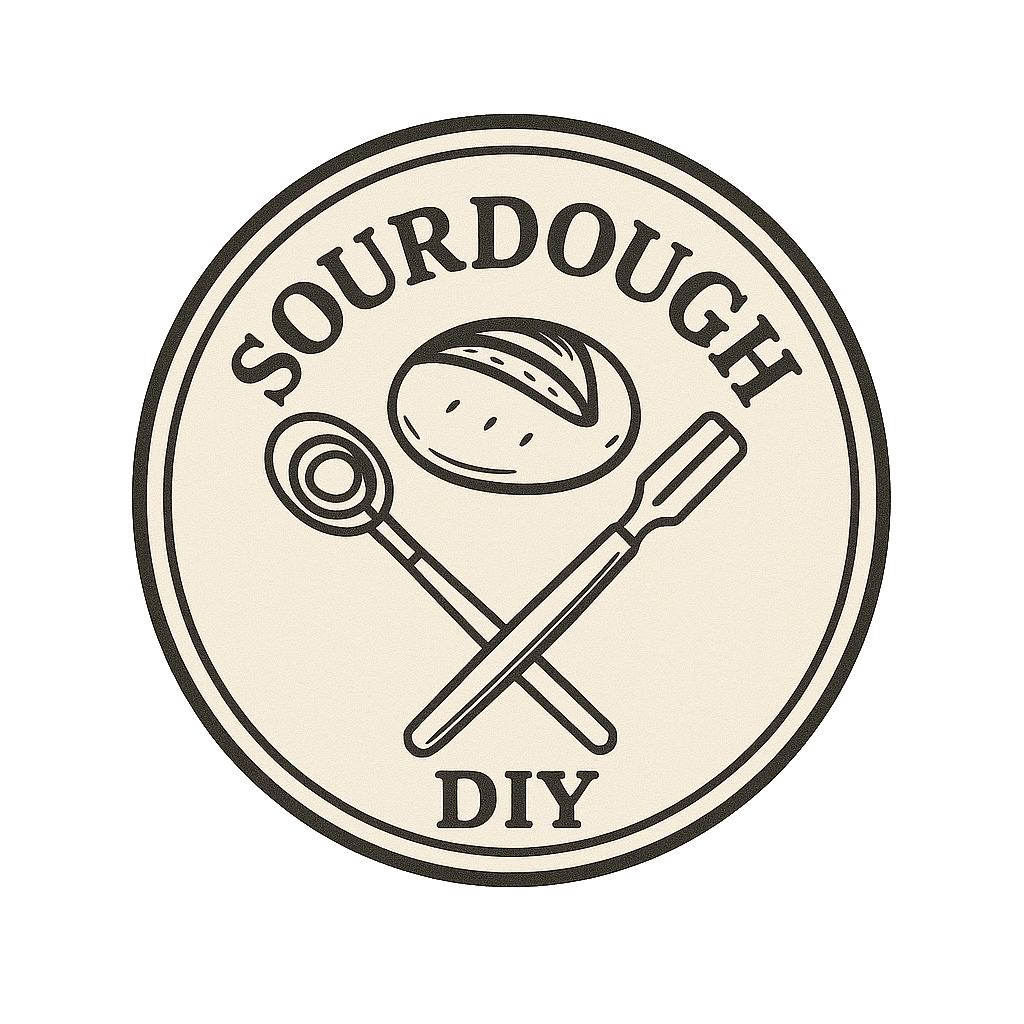
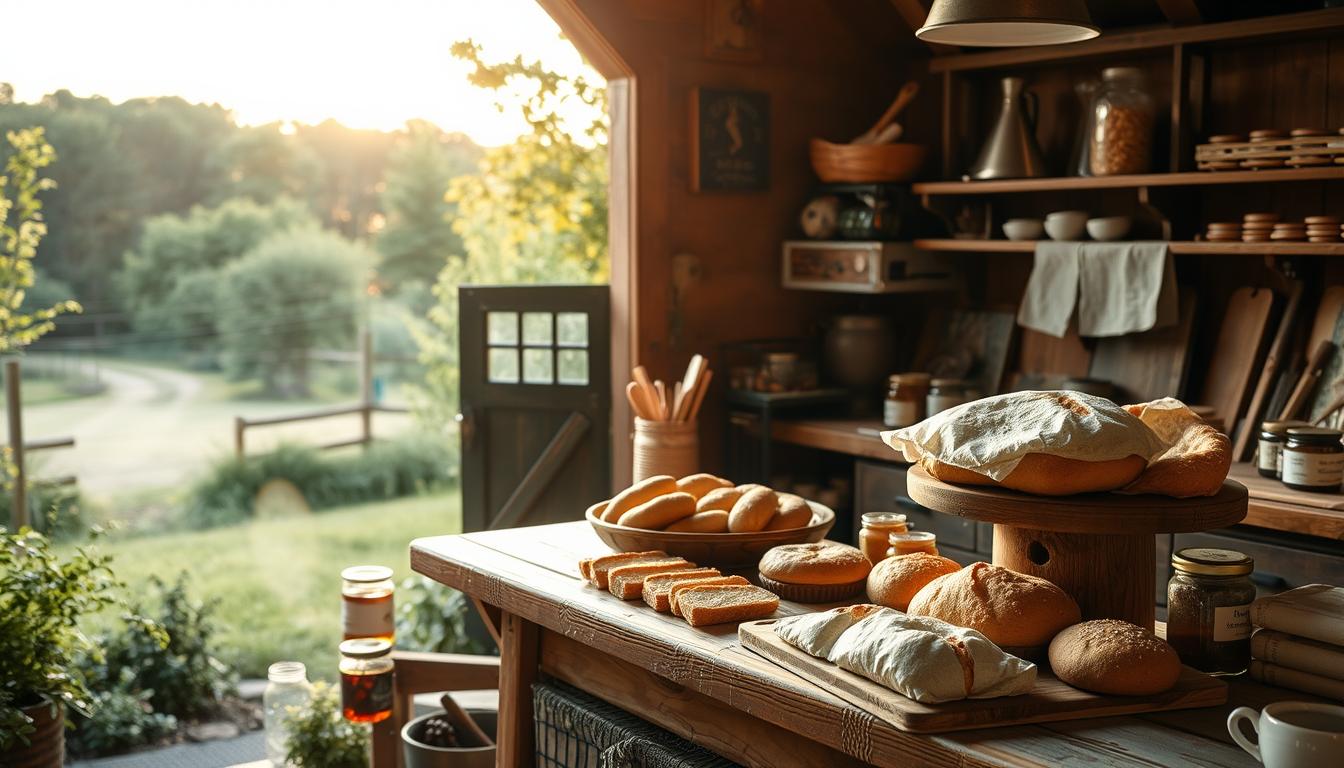
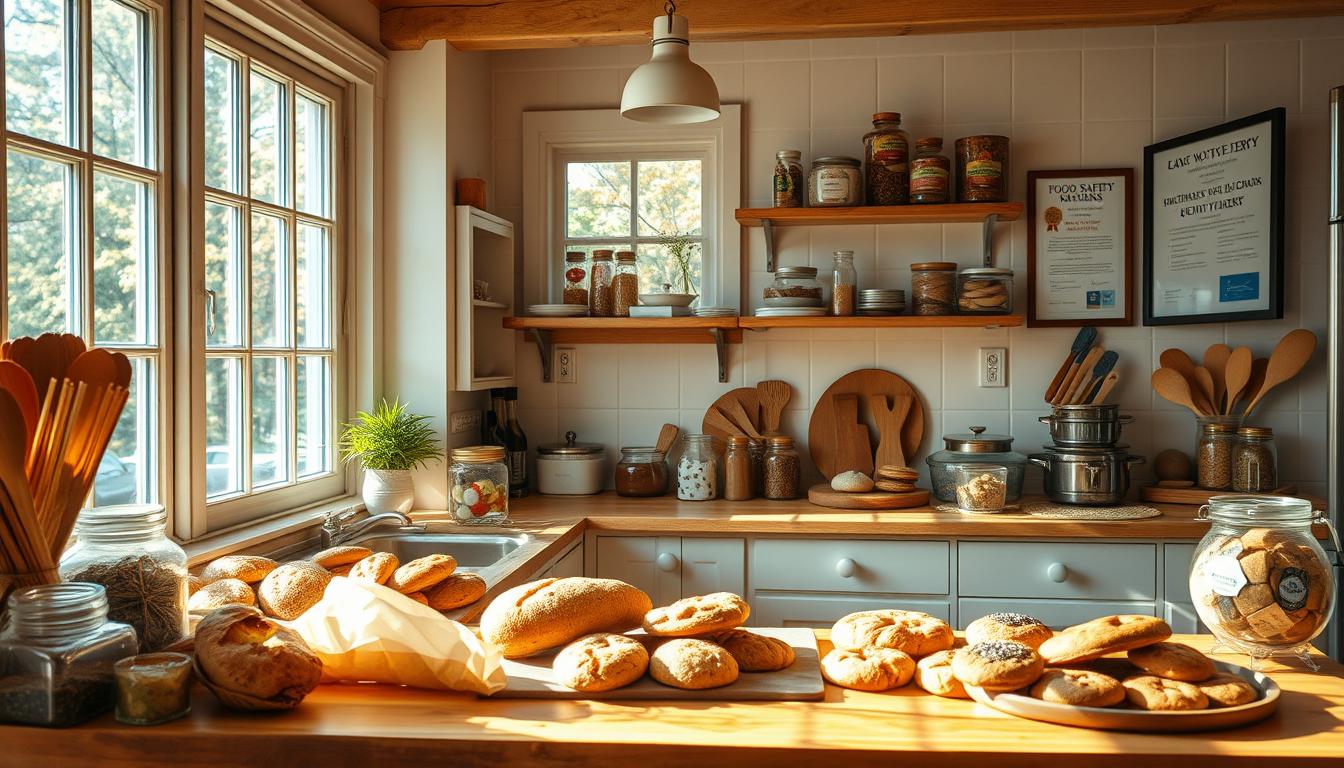
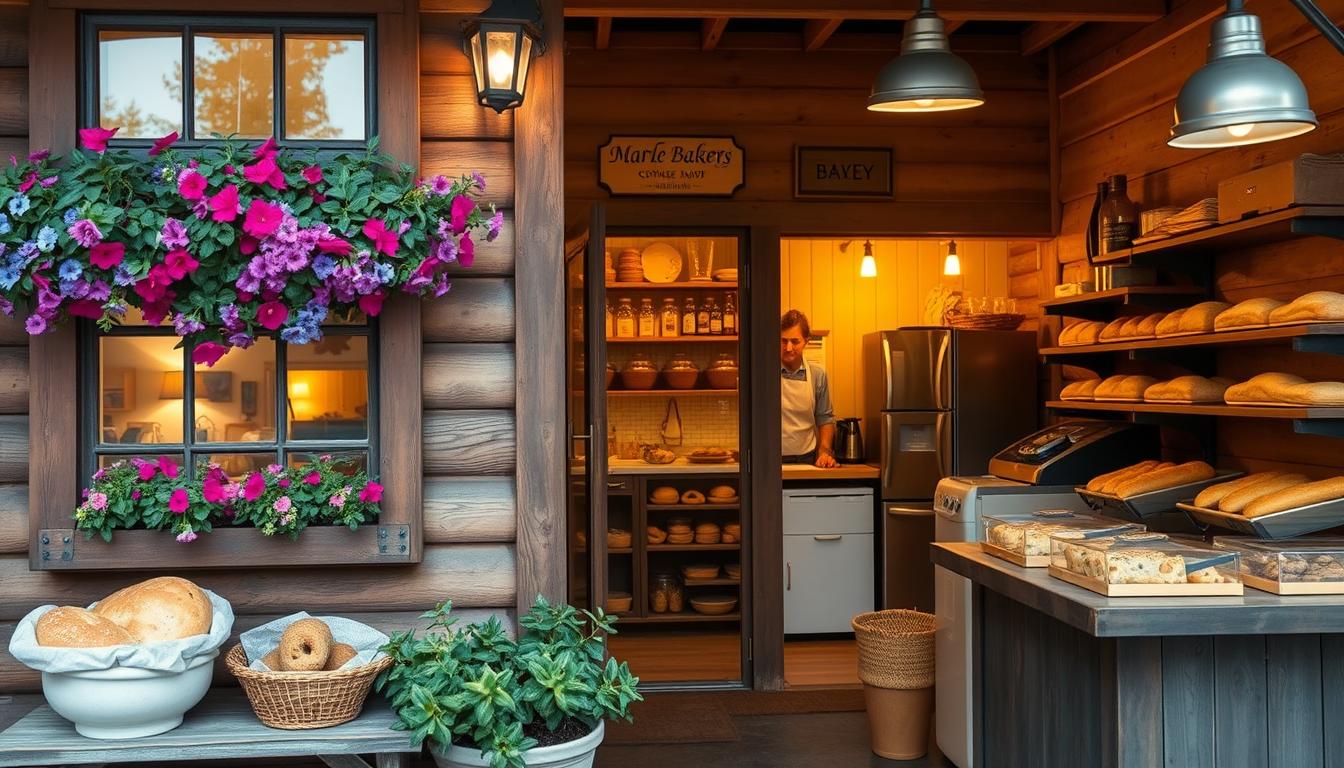
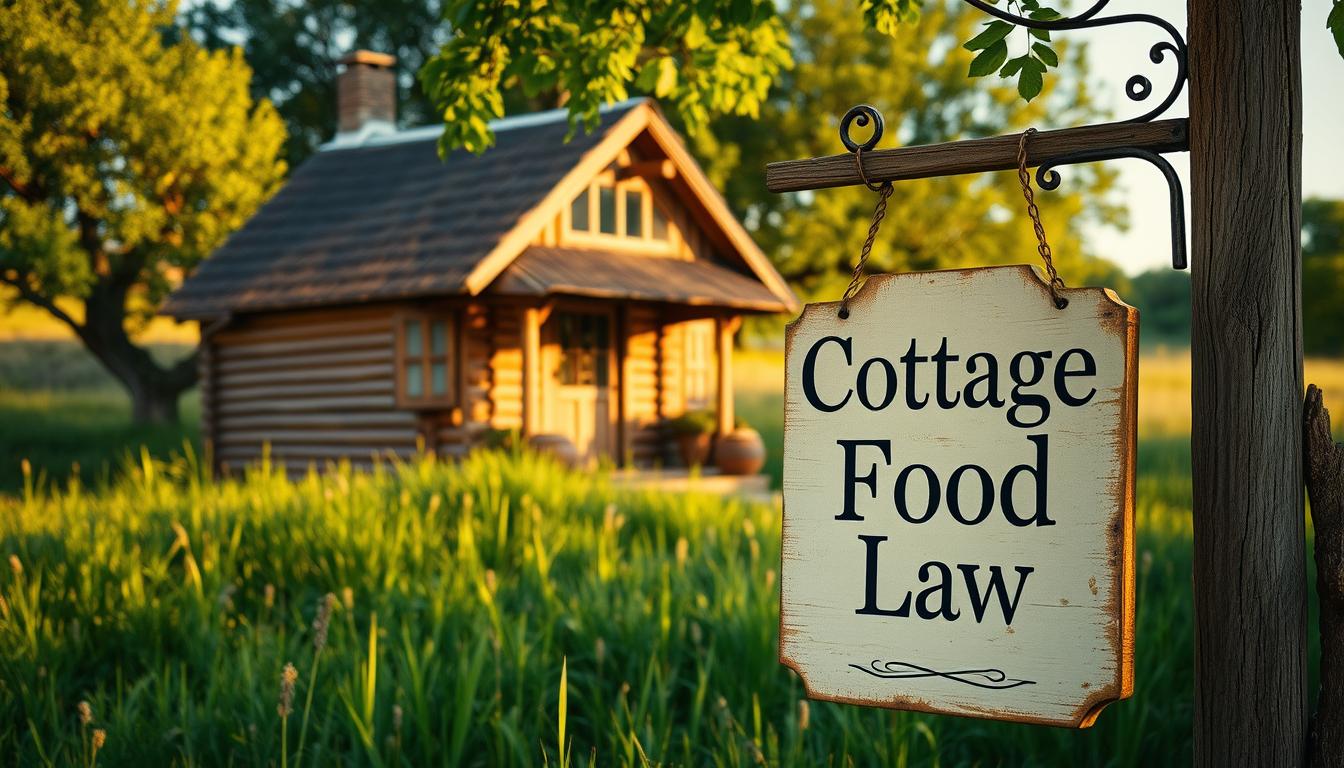
Leave a Reply